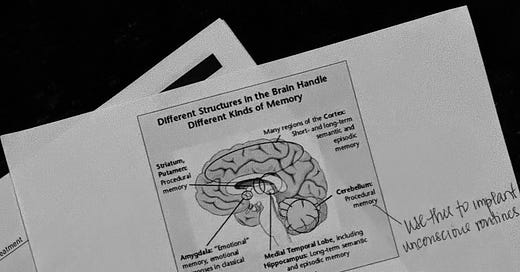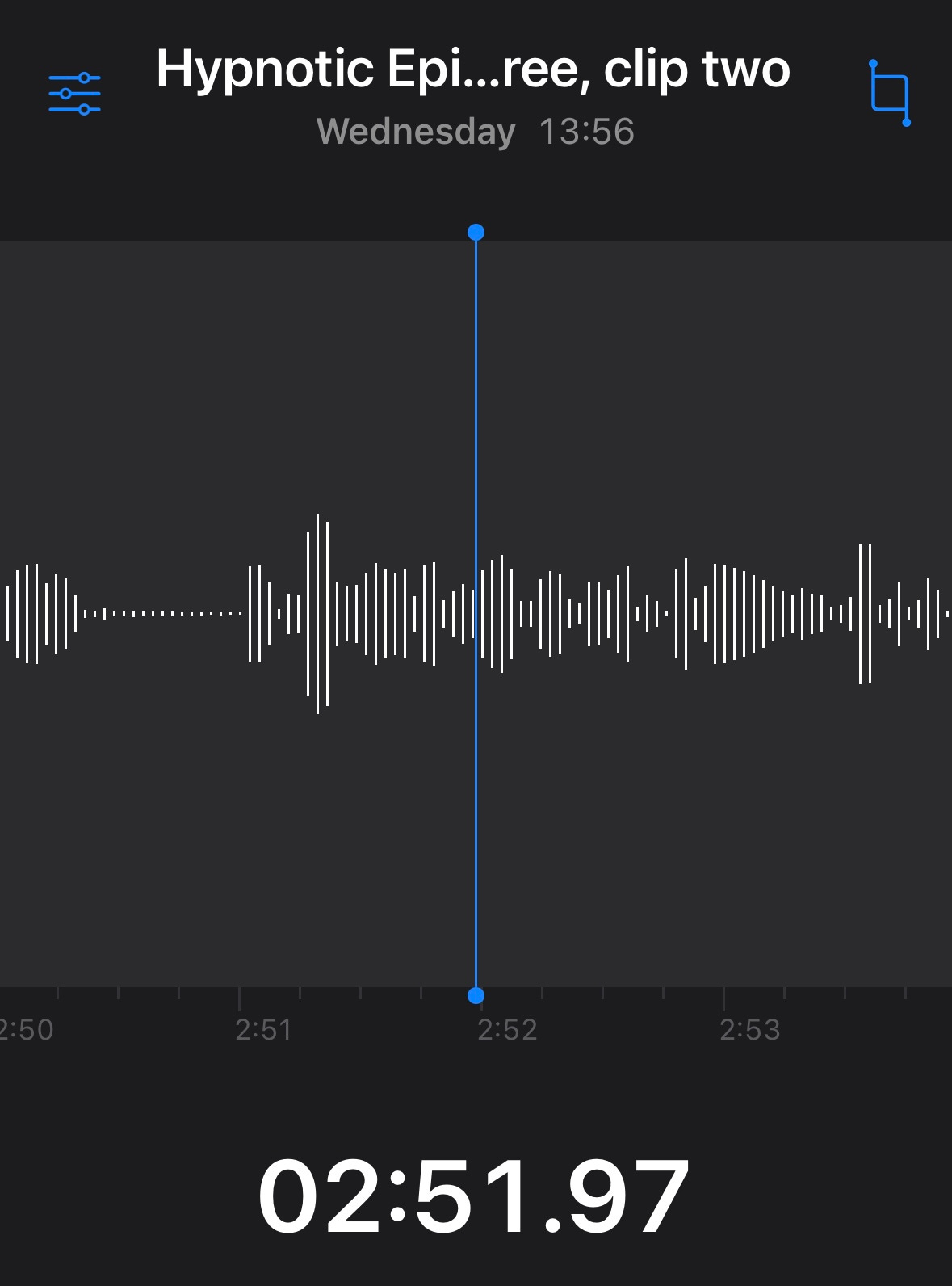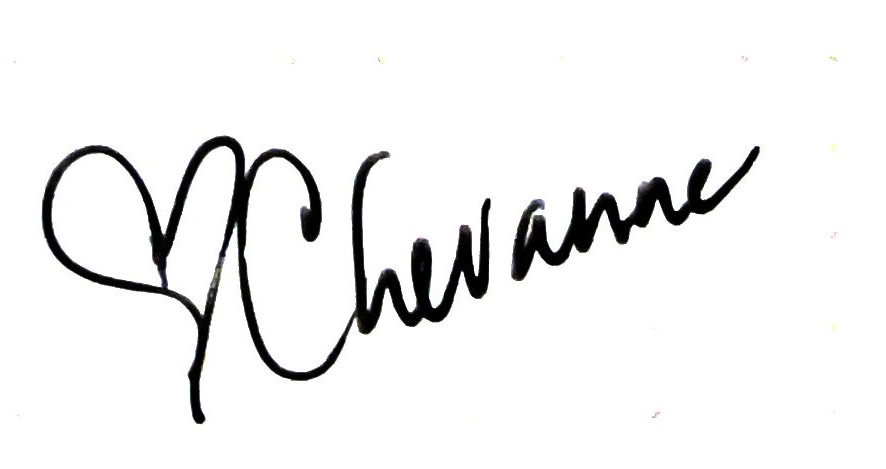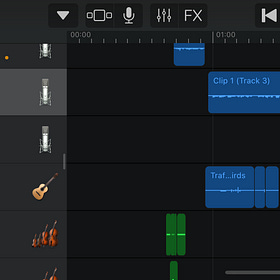Hey friends!
After pecking away at “Hypnotic” from time to time since January 2021, I decided it would be my 2024 Listening Room presentation earlier this year. At a paltry 2000 words, the story was not even a first draft and had only snippets of scenes with separate author notes. I sat down in late July to start “Hypnotic” in earnest.
The development of a story from inception to publishing has taken shape over prior seasons and I wanted to share that process with you.
1. Print out and take notes on the original composition.
I explore what themes or subjects could be incorporated along with questions to answer. I may not read the story initially, only address the story’s thesis and consider the setting or even formalizing character names and profiles. These considerations are not strict and linear. I may change my mind later but the foundations are laid down.
2. Review research.
I like to approach a story from a place of knowledge even if it doesn’t end up in the text. I imagine there have been authors or actors who extensively studied a subject for only a paragraph or scene. Some fantasy is woven in with truth but the point is to be compelling, not rewrite medical text. Neurology is a specialized field and it is potentially too dense for a casual reader. There are certain things like drug dosages, side effects, and neurological deficits I want to get right, but also leave room for possibilities and suggestion.
With this project, while looking up types of hypnosis, I was able to categorize what I’d seen before and choose differently. It opened up possibilities for the text I had not considered. In addition, I learned more about what different parts of the brain did and how the main character could be manipulated. Weaving in realism starts at this step and I get a fair amount of inspiration.
3. Read the original text and take notes on needed improvements.
At this stage, I could compose a whole section of actual story if it comes to me. More than likely it’s stage directions for my future self. Focus on this. Explore that. I incorporate what research I have already gathered and might go back and forth as I pose new questions I have within the story.
For some, it spoils the magic, but I try to map out all the reveals here. I’ve read a lot of Sherlock Holmes and thought often about how to work backwards from the ending. What is so convoluted of a mystery is quite simple once put together, but the skill is in the telling.
4. Compose a (flexible) outline.
It is my method of maintaining continuity in the story and allows me to add text to a specific section if I think of something and not lose my place. If I wanted to, I could compose a climatic penultimate chapter, then head back to the beginning to build toward it. That is enormously helpful on a composition of any significant length.
5. Cast your story roles.
Considering my major works also have audio, this is something new to assist in voicing the characters. Deeper still, I get clearer ideas of their personalities and can hopefully write them better.
Here’s my cast:
David Fuller Luke James
Vincent Vogel Jeremy Irons
Molly Fitzgerald Sophie Turner
Tobias Mancuso Myha’la Herrold
Carmine Delavecchio Omid Djalili
I had a loose idea of this on “Ithaka” but didn’t quite commit. This time, I do my readings with the cast photos at my recording space. I’m sure Disney voice actors are doing the same thing.
6. Write!
Here, the outline pays dividends. I keep story themes at the forefront and create an opening that I hope grabs the reader. It might be like getting thrown in the deep end like “Hypnotic” or a bit more slow like on “Ithaka”, but all the same, if you’re not interested within the first page, I may not get you along for the whole ride.
This, of course, is the hard part because all prior steps are being put into practice. Characters are drawn from the ether into real people and places are moving with them.
Characterization can be tough because it’s not just about what people say, but how they dress, interact with others or the environment, or how they think of themselves. I try to keep this in mind and as I go along, keep checking in to be sure my characters aren’t one dimensional.
I know my story will still be in progress before the release of the first chapter but my goal is to get that first one right. I don’t put down text daily (since the writing is the thinking as well), but I’m working on it all the time. Toward the end of week, though, is go mode and I do put down text daily to meet my deadline.
7. Read a book
Stimulating my composition is most often another writer’s work. It’s never the same type of plot or genre but I am learning from that text. I’ve often worked out stalls in my own work by what I imagine is helping my subconscious solve a problem. Stephen King, Katsuo Kirin, and Stuart Turton have all been companions during these serials.
8. Do rounds of editing.
Once I am fairly satisfied with the work as a first draft, I print it out for manual editing. I see a lot more this way than on a screen. I pick apart the text, correcting logic errors, or pacing issues. I go back to my phone or laptop and incorporate the edits, expanding on the areas I’ve already noted. I may take a few days rewriting, then reprint and go over it again. If I’m fortunate, two rounds will do it.
9. Record the audio.
This is tough and I should actually record a video about this. I print a voiceover copy which is single page and set up my studio. I don’t have an office so I’m at the dining table every time you hear me. I connect my headphones, mic, and my phone to an audio interface.
I have tea, water, a pen, and the copy with me. I record test audio as practice and make sure my position in front of the mic is consistent. It’s been very cool to hear my narrator voice emerge more naturally with each recording.
I spread out my voiceover copy, then press record. My go-to app is Voice Memos where I like the interface better than GarageBand. I make a lot of mistakes recording since this isn’t entirely vetted text. I get tongue-tied or mispronounce words all the time and am often replacing recorded audio. The audio levels in Voice Memos help me find my place more easily.
It takes about one hour to record 15 minutes of story audio because the recording is actually another level of editing. It’s the first time I read it aloud and do spot editing for things spellcheck misses. These are not major edits, just an article or a verb changed here or there. While I’m not that great differentiating character voices yet, that’s also something I work on as well.

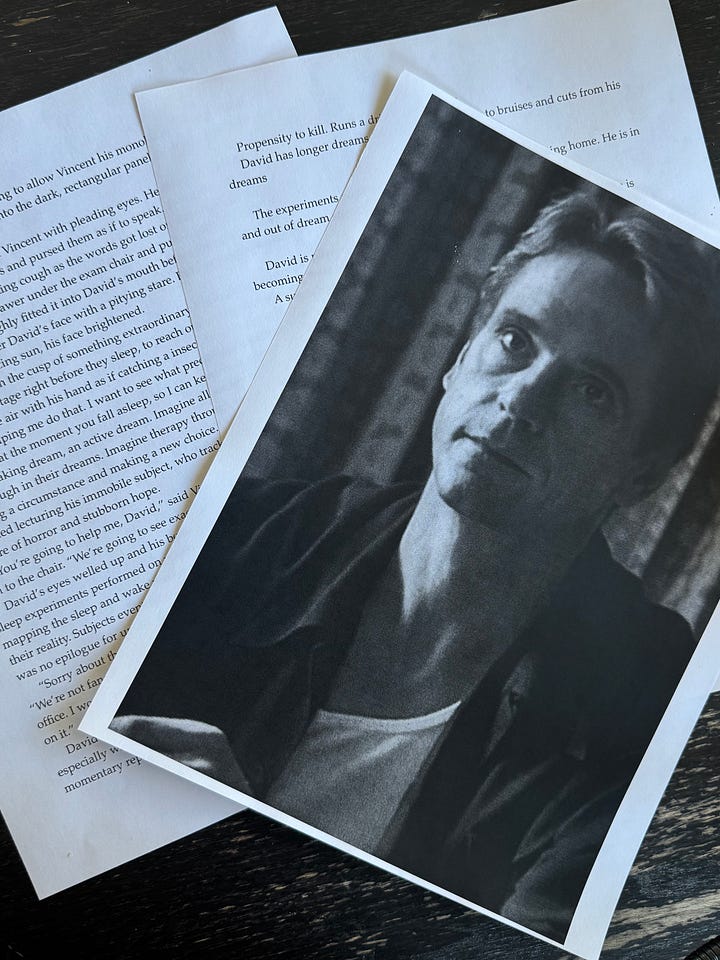
10. Upload the audio and text.
While getting done with the recording is the most satisfying part, the close second is getting the podcast ready. There’s very little formatting besides paragraph breaks, but I get to finally exhale. I make a quick graphic in Canva, then schedule the post.
I’m very happy with the process I’ve developed thus far and while it is stressful, the deadlines push me to get the work done. No mulling over it and putting it down, forgetting it and waiting for inspiration. I get a taste of what it’s like to have writing as duty rather than play. I can get that much closer to writing longer compositions or putting together a book.
I’ve been considering doing just fiction serials on The FLARE with an occasional essay or some poetry. Not sure. It’s much harder, but I get results. I can always just relish what I’m doing and not make it a thing. I haven’t decided.
Thanks for sticking with me. Hope you enjoyed my behind the scenes of my writing process for serials and let me know if you want me to talk more about recording the audio. I’ll be back next week with another installment of “Hypnotic”.
See ya,
Related:
Putting it All Together
“A Pound of Flesh” was indeed a frightening true story, part of which did happen to me. Two neighborhood children were running up and down in the hall during the later afternoon. But by 8pm on a school night, my husband poked his head out to tell them to stop. One of their mothers came by to complain, saying she didn’t appreciate her child being scolded…


